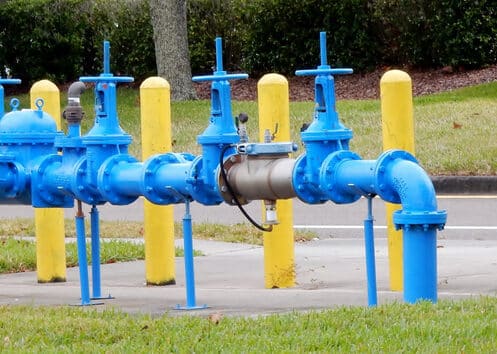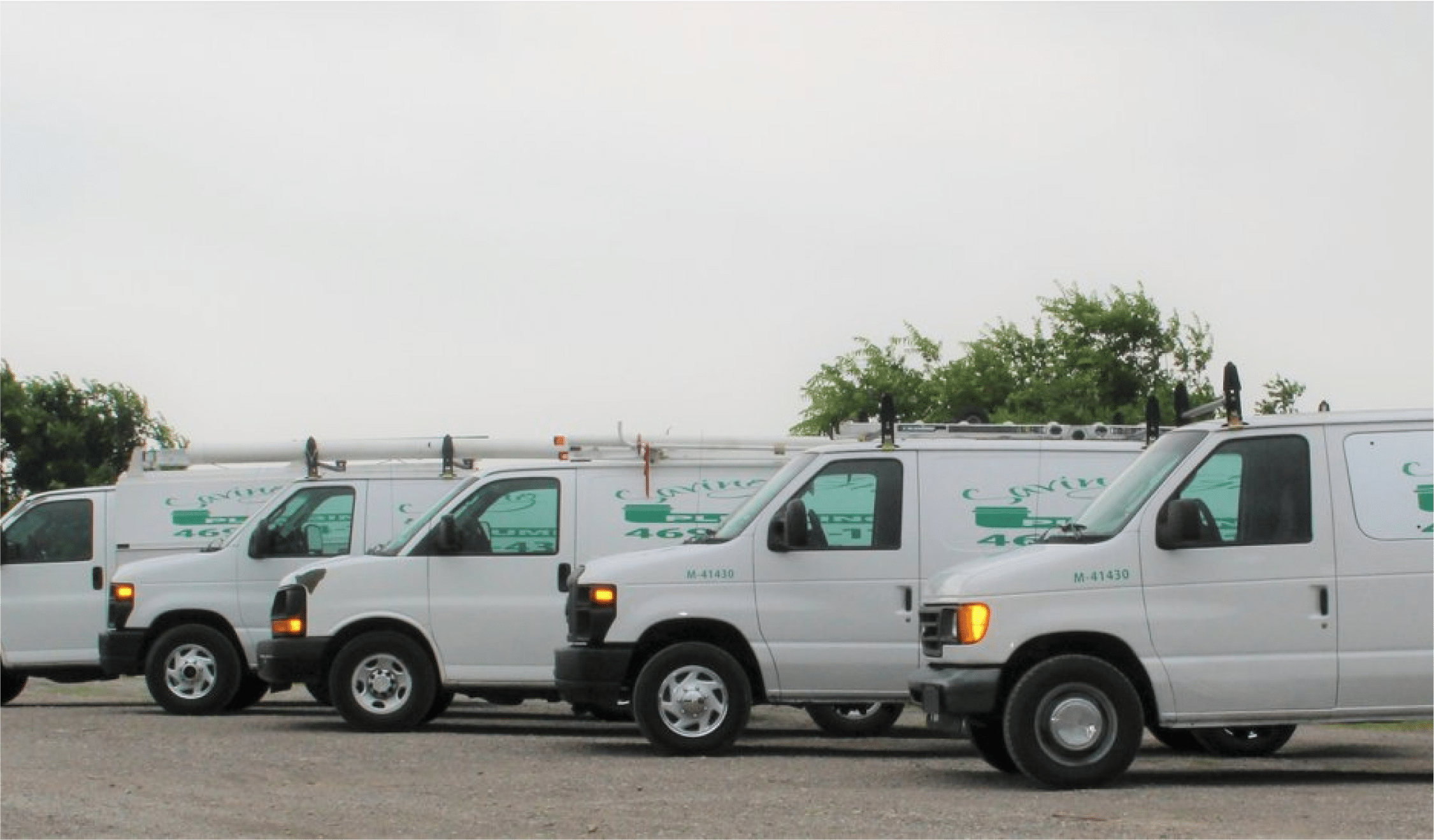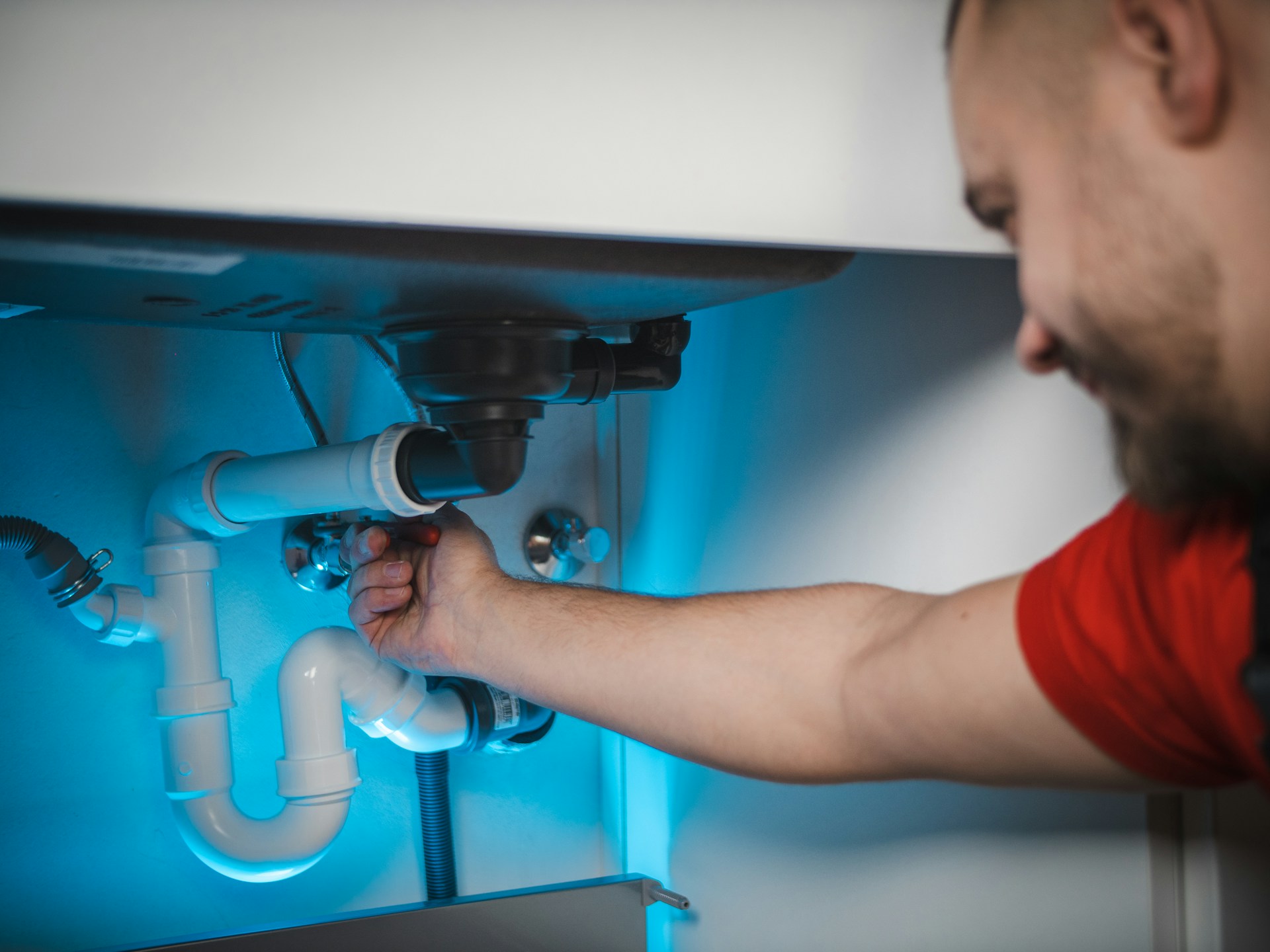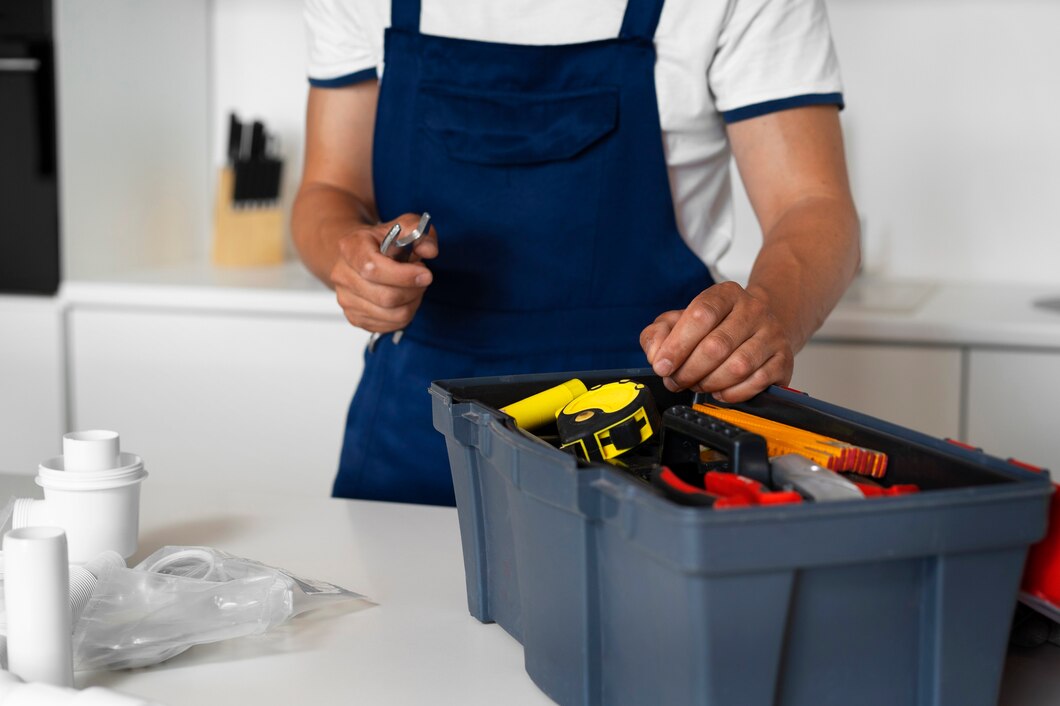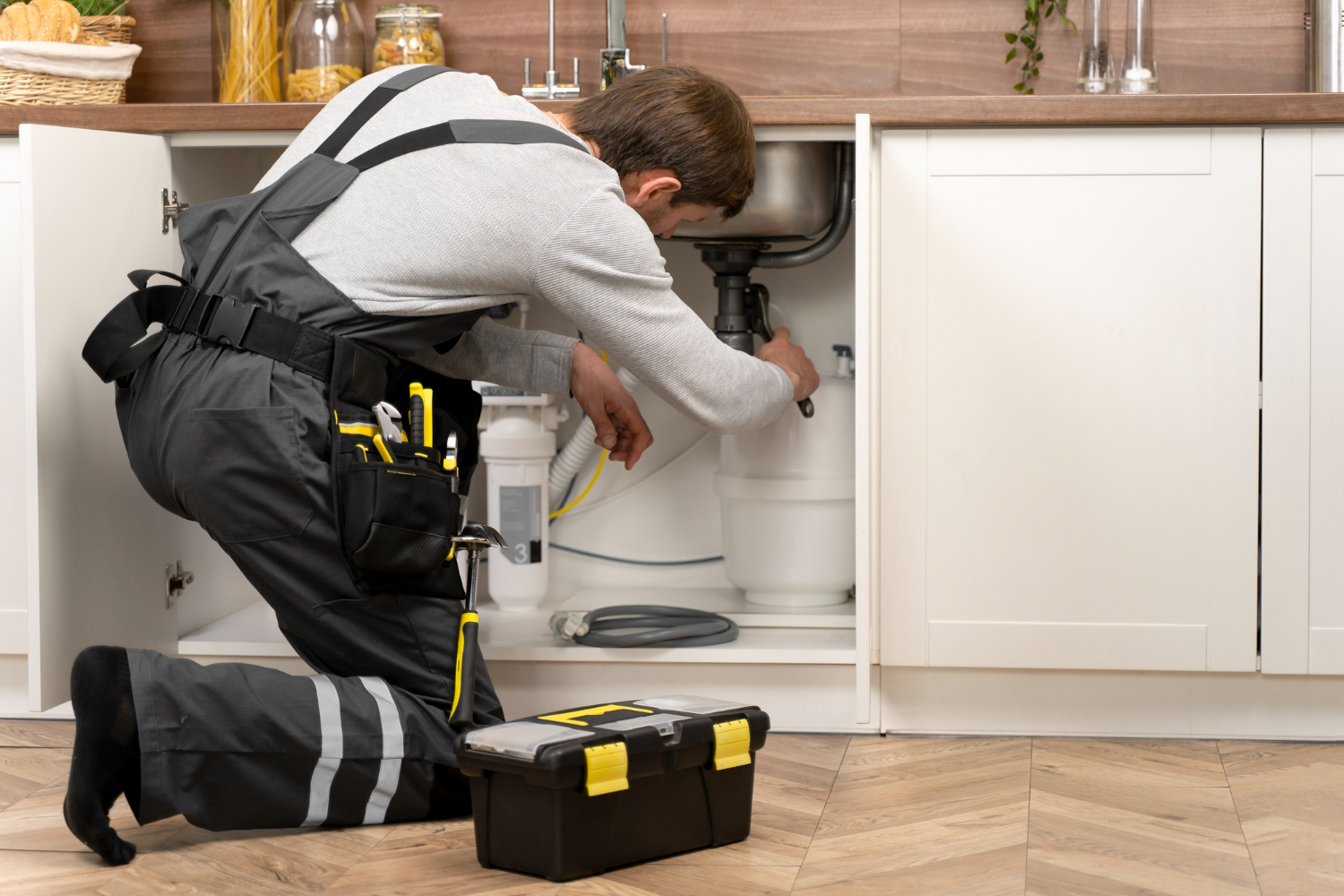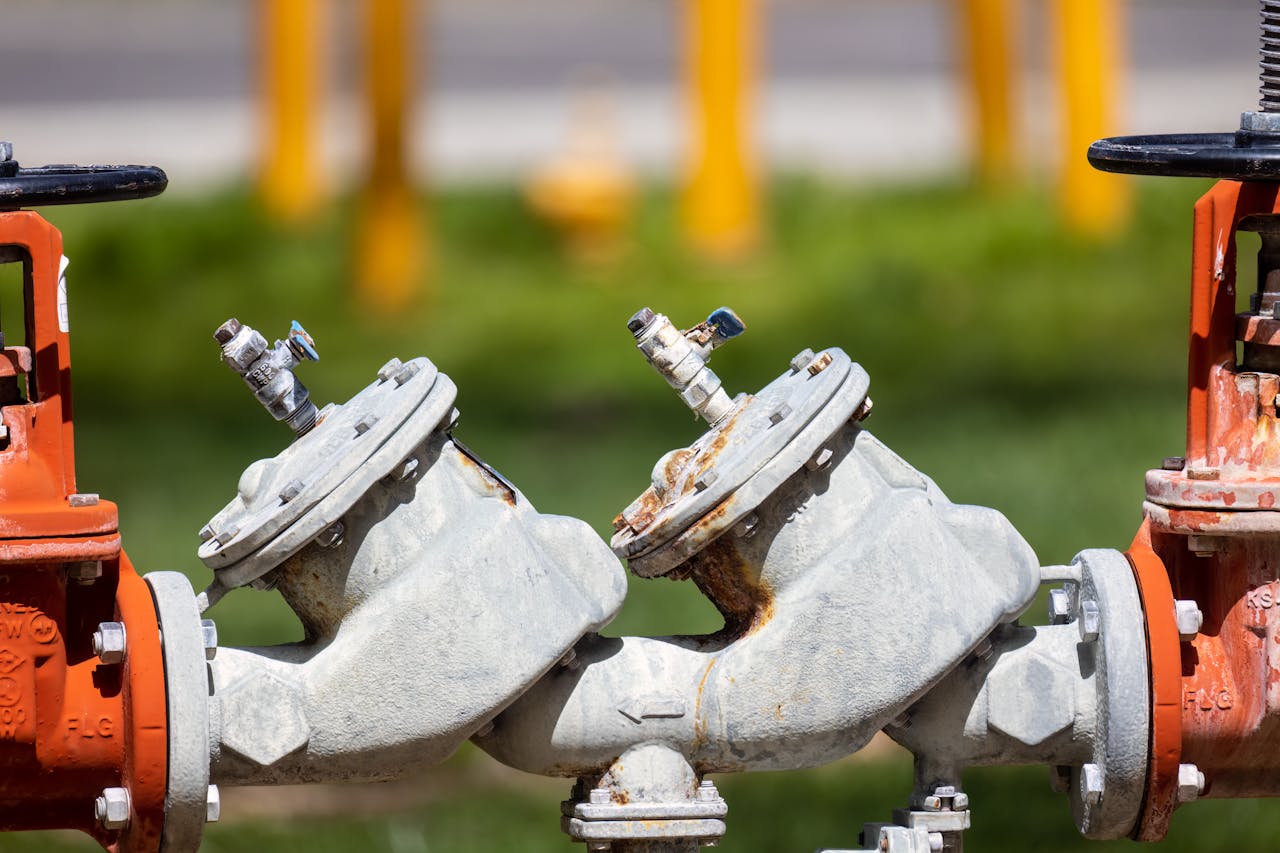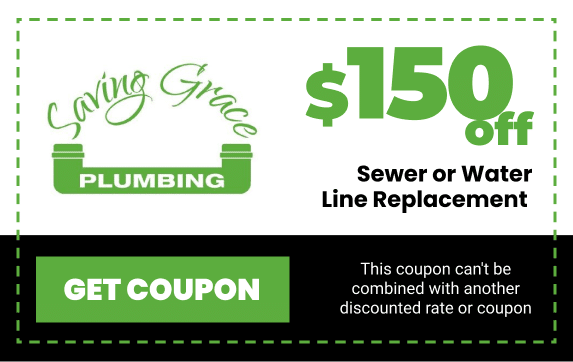Water is one of the most precious resources we have, and we rely on it for our daily activities. From drinking to washing and cooking, we use water every day. But have you ever thought about the quality of the water that flows into your home? Water contamination is a serious issue that can cause health problems if not addressed. One of the ways to ensure that your water supply is safe is through regular backflow testing. In this article, we will explore what backflow is, the risks associated with contaminated water, and why backflow testing is crucial for your home’s water quality.
Understanding the concept of backflow
Backflow occurs when the water in your plumbing system reverses and flows back into the main water supply. Backflow can happen due to many reasons, such as changes in water pressure, damage to pipes, or a sudden increase in demand for water. When backflow occurs, it can contaminate the main water supply with chemicals, bacteria, or other harmful substances. This poses a significant risk to public health and can cause serious health problems.
To prevent backflow, backflow preventers are installed in plumbing systems. These devices ensure that water flows in only one direction, preventing contaminated water from flowing back into the main water supply. However, backflow preventers can fail or malfunction, so regular testing is crucial to ensure that they are functioning correctly.
Why backflow testing is important for your home’s water quality
Backflow testing is crucial for maintaining the safety and quality of your home’s water supply. It is an essential step in preventing water contamination and ensuring that the water you use is safe for consumption. Backflow testing involves checking the backflow preventers in your plumbing system to ensure that they are working correctly. During the test, a technician will check for any leaks or malfunctions that could cause backflow.
Regular backflow testing is essential for preventing water contamination and ensuring that your water supply is safe. It is recommended that homeowners have their backflow preventers tested at least once a year, although more frequent testing may be necessary depending on the age and condition of the plumbing system.
Risks associated with contaminated water
Contaminated water can pose a significant risk to public health. It can contain harmful bacteria, viruses, chemicals, and other substances that can cause serious health problems. Some of the health issues associated with contaminated water include:
- Gastrointestinal problems
- Skin rashes
- Respiratory problems
- Neurological problems
- Reproductive problems
- Cancer
The risks associated with contaminated water can be severe, especially for vulnerable populations, such as young children, the elderly, and people with weakened immune systems. Therefore, it is essential to take steps to prevent water contamination and ensure that your water supply is safe.
Importance of regular maintenance and testing
Regular maintenance and testing of your plumbing system are crucial for preventing backflow and ensuring that your water supply is safe. Over time, pipes can become damaged or corroded, which can cause backflow. Regular maintenance can help identify and address these issues before they become a more significant problem.
In addition to regular maintenance, backflow testing is also essential for maintaining the safety of your water supply. Backflow testing can identify any issues with your plumbing system and ensure that your backflow preventers are functioning correctly. This can prevent water contamination and help protect the health of your family.
Types of backflow preventers
There are several types of backflow preventers available, and the type you need will depend on the specific requirements of your plumbing system. Some of the most common types of backflow preventers include:
- Atmospheric vacuum breakers
- Pressure vacuum breakers
- Double check valves
- Reduced pressure zone assemblies
Each type of backflow preventer has its unique features, and the type you need will depend on the specific requirements of your plumbing system. A professional plumber can help you determine which type of backflow preventer is right for your home.
How to test for backflow in your home
Backflow testing is a complex process that requires specialized knowledge and equipment. It is not something that the average homeowner can do themselves. Therefore, it is essential to hire a professional plumber to perform backflow testing on your plumbing system.
During backflow testing, a technician will check the backflow preventers in your plumbing system to ensure that they are functioning correctly. The technician will also check for any leaks or malfunctions that could cause backflow. If any issues are identified, the technician will recommend the necessary repairs or replacements to ensure that your water supply is safe.
Hiring a professional for backflow testing and prevention
Backflow testing and prevention are not tasks that should be taken lightly. It is essential to hire a professional plumber with the necessary experience and knowledge to ensure that your plumbing system is safe and up to code. A professional plumber can help you identify any potential backflow hazards and recommend the necessary repairs or replacements to ensure that your water supply is safe.
When hiring a professional plumber for backflow testing and prevention, it is essential to choose someone with the necessary certifications and licenses. A qualified plumber will have the necessary tools and equipment to perform backflow testing and ensure that your plumbing system is up to code.
Common signs of backflow issues
Backflow issues can be challenging to detect, and they often go unnoticed until it is too late. However, there are a few signs that you can look out for that may indicate a backflow problem. Some of the most common signs of backflow issues include:
- A sudden decrease in water pressure
- Discolored water
- Foul-smelling water
- Water that tastes unusual
- Water that is cloudy or contains sediment
If you notice any of these signs, it is essential to contact a professional plumber immediately. They can perform backflow testing to determine the cause of the issue and recommend the necessary repairs or replacements.
Conclusion and final thoughts on backflow testing for homes
Water contamination is a significant health risk that can cause serious health problems if not addressed. Backflow testing is an essential step in ensuring that your water supply is safe and free from contaminants. Regular maintenance and testing of your plumbing system are crucial for preventing backflow and ensuring that your water supply is safe for consumption.
If you have not had your backflow preventers tested recently, it is essential to contact a professional plumber to schedule an appointment. They can perform backflow testing to ensure that your plumbing system is up to code and recommend the necessary repairs or replacements to ensure that your water supply is safe. By taking these steps, you can protect the health and well-being of your family and ensure that your water supply is safe for consumption.
Saving Grace Plumbing can help homeowners and business owners with their backflow issues by providing comprehensive backflow prevention installation, testing, repair, and replacement services. Their experienced and friendly backflow technicians are equipped with the latest tools and techniques to detect and address any potential backflow problems, and they can offer customized solutions to meet the specific needs of each client. Whether it’s a routine backflow test or an emergency repair, Saving Grace Plumbing is committed to providing top-quality service and ensuring the safety and efficiency of each plumbing system they work on.

